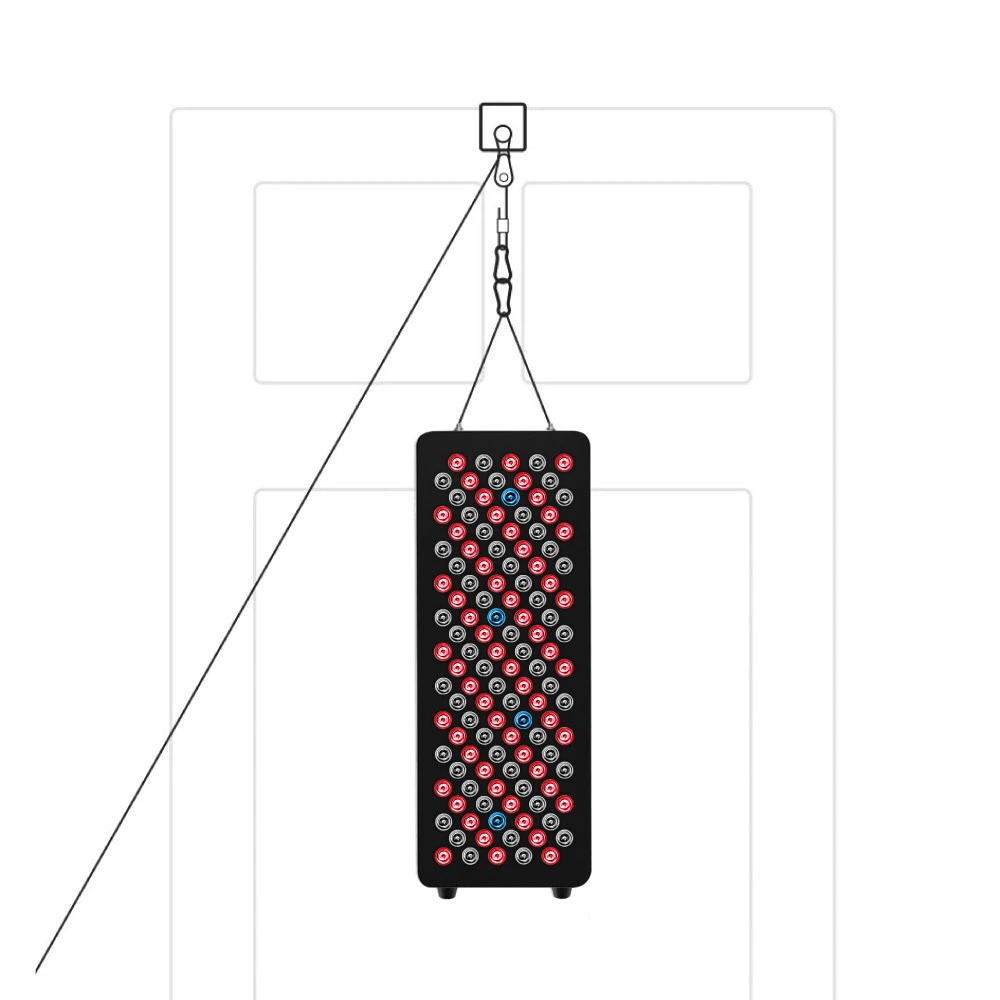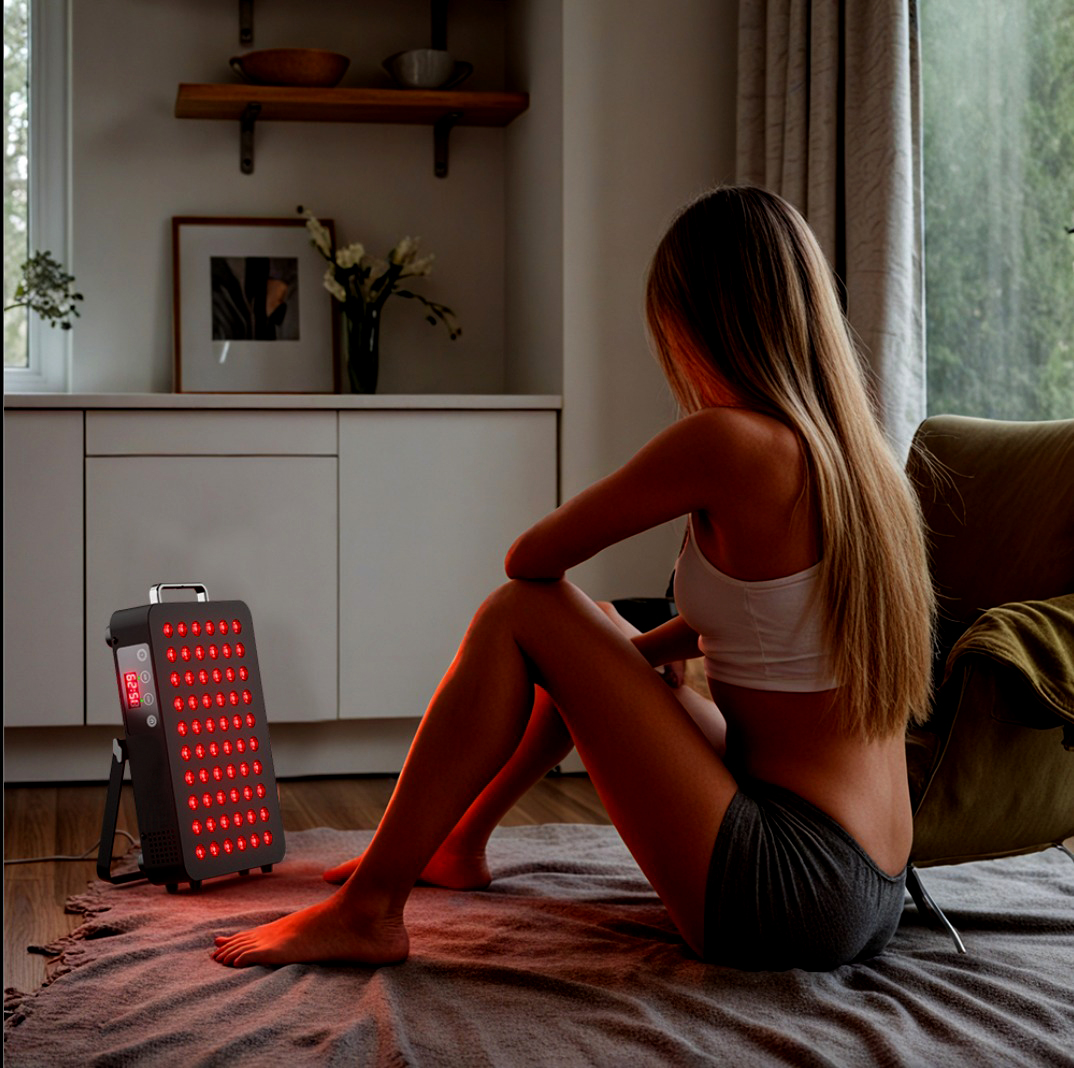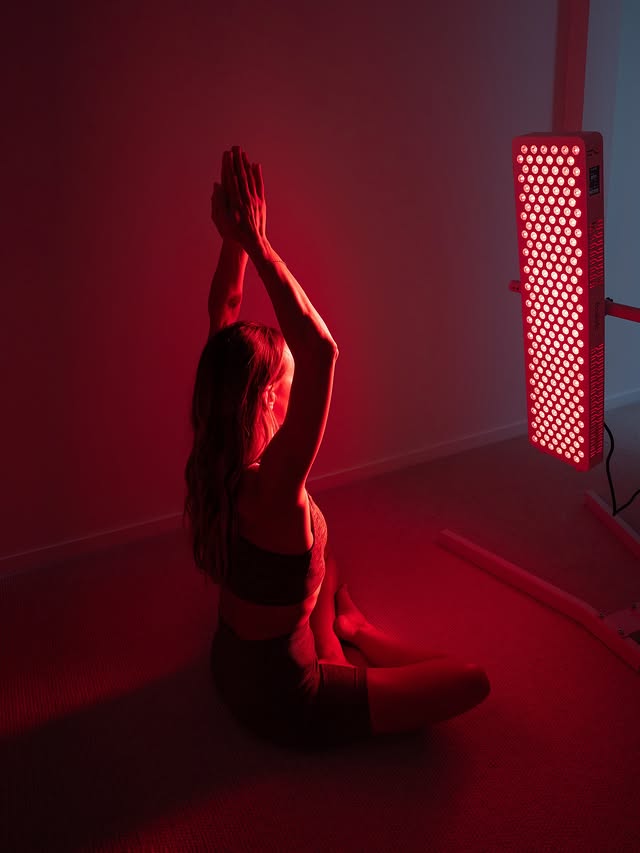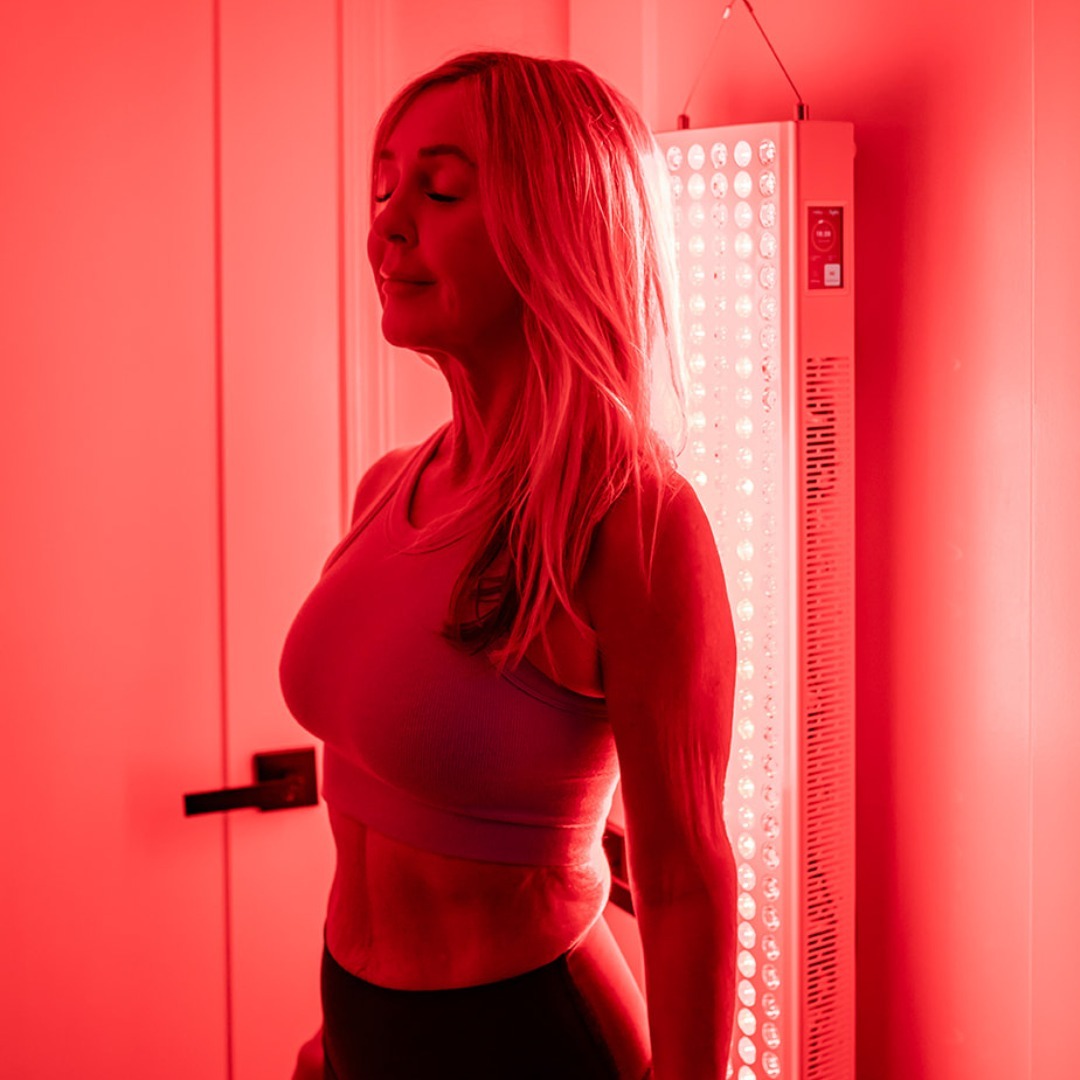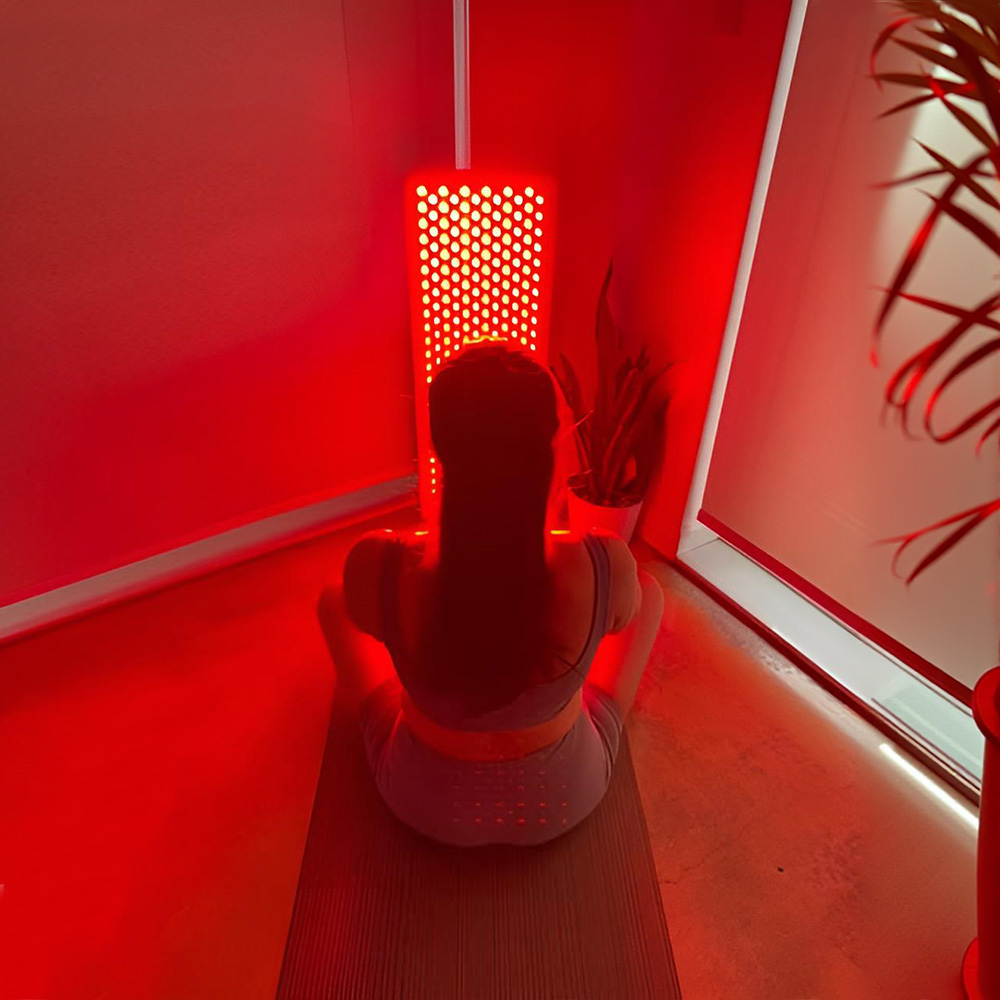![]() Free Shipping
Free Shipping ![]() Buy Now, Pay Later
Buy Now, Pay Later ![]() Eligible
Eligible
Red Light Therapy for Plantar Fasciitis: A Science-Backed Guide to Pain Relief
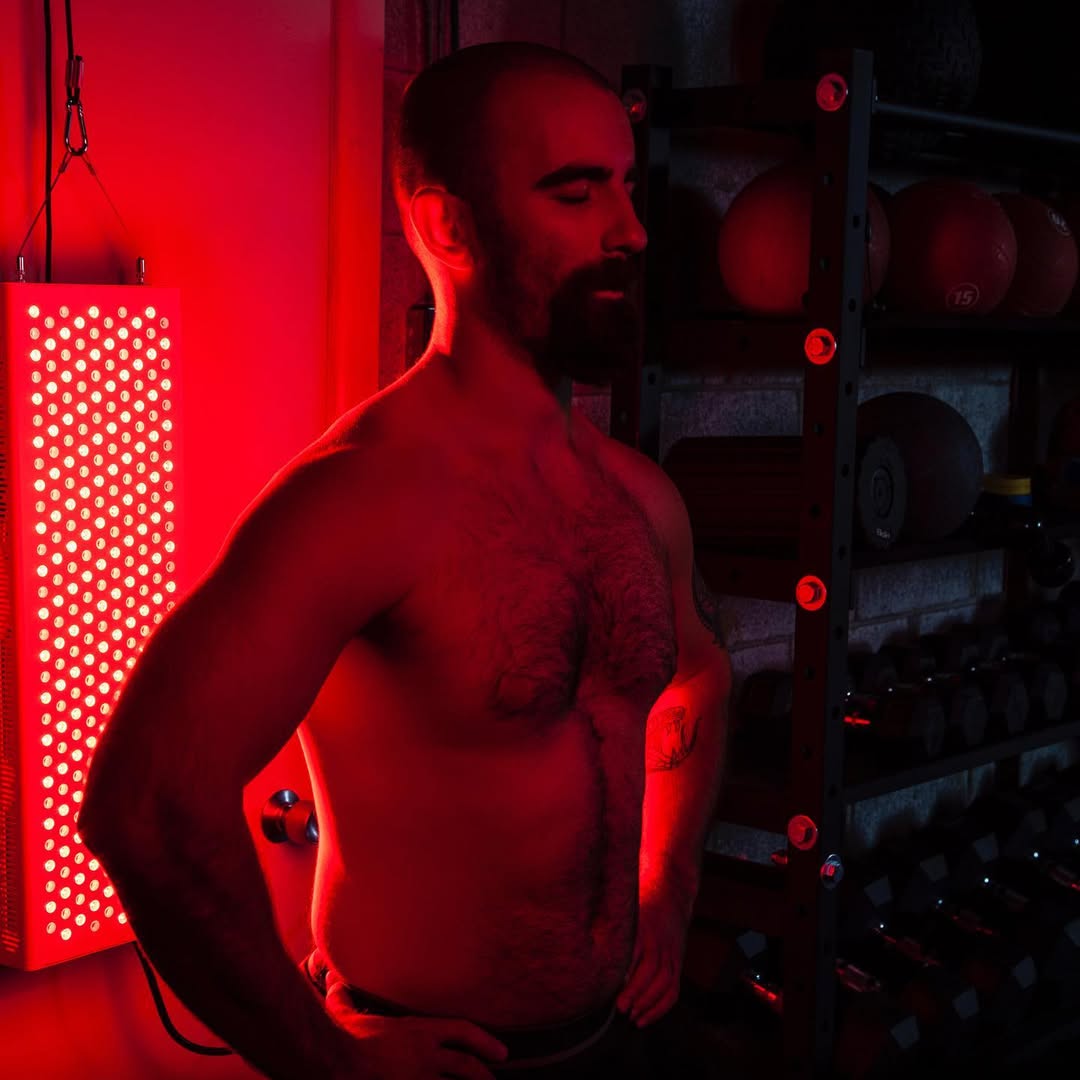
Plantar fasciitis is the bane of runners, athletes, and active individuals alike. That sharp, stabbing pain in the heel, especially with the first steps in the morning, can be debilitating. While traditional treatments like rest, ice, and stretching are helpful, a revolutionary, non-invasive treatment is gaining traction: Red Light Therapy (RLT).
This article delves deep into the science and application of red light therapy for plantar fasciitis, providing you with a clear, evidence-based guide to understanding if it’s the right solution for your foot pain.
What is Red Light Therapy?
Red Light Therapy, also known as Low-Level Laser Therapy (LLLT) or photobiomodulation, is a therapeutic technique that uses specific wavelengths of red and near-infrared (NIR) light to penetrate the skin and stimulate cellular function.
Unlike harsh surgical lasers that cut or burn tissue, RLT uses low-energy light to energize and heal. Think of it as photosynthesis for human cells.
Expert Insight: “Red and near-infrared light act as a catalyst in our mitochondria—the powerhouses of our cells. This light energy boosts the production of ATP (adenosine triphosphate), which is the fundamental currency of cellular energy. More energy means cells can function more efficiently, repair themselves faster, and reduce inflammation.” — Paraphrased from principles in photobiomodulation science.
How Does Red Light Therapy Specifically Help Plantar Fasciitis?
Plantar fasciitis is fundamentally a condition of micro-tears and chronic inflammation in the plantar fascia ligament. RLT addresses this problem at the cellular level. Here’s how:
1. Reduces Inflammation
The anti-inflammatory effects of RLT are one of its most significant benefits for plantar fasciitis. The light energy helps reduce concentrations of inflammatory cytokines and increases blood flow, flushing out the substances that cause swelling and pain.
2. Accelerates Tissue Repair and Collagen Production
The plantar fascia is a thick band of collagen. RLT directly stimulates fibroblasts, the cells responsible for producing collagen. By enhancing collagen synthesis, RLT helps repair the damaged ligament, making it stronger and more resilient.
3. Relieves Pain and Improves Circulation
RLT has been shown to block pain signals in the nerves, providing natural analgesia. Furthermore, it stimulates the formation of new capillaries (angiogenesis), improving circulation to the affected area, which delivers more oxygen and nutrients essential for healing.
Red Light Therapy vs. Traditional Plantar Fasciitis Treatments
How does RLT stack up against the methods you might already be trying? The key advantage is that it directly targets the underlying cellular cause of the problem, rather than just managing symptoms.
| Treatment Method | How It Works | Pros | Cons |
|---|---|---|---|
| Red Light Therapy | Stimulates cellular energy production to reduce inflammation & repair tissue. | Non-invasive, drug-free, addresses root cause, minimal side effects. | Requires consistency, upfront cost for home devices. |
| Stretching & Physical Therapy | Improves flexibility and strength in the foot and calf. | Low cost, foundational for long-term health. | Can take time to show results, doesn’t directly reduce inflammation. |
| Ice Packs | Numbs the area and constricts blood vessels to reduce swelling. | Provides immediate, short-term pain relief. | Does not promote healing; only manages symptoms. |
| Orthotics & Night Splints | Provides arch support and keeps the fascia stretched overnight. | Effective for mechanical relief. | Can be uncomfortable, does not repair tissue damage. |
| Corticosteroid Injections | Powerful anti-inflammatory injected directly into the site. | Provides strong, fast pain relief. | Temporary effect, can weaken plantar fascia over time. |
How to Use Red Light Therapy for Plantar Fasciitis: A Practical Guide
Choosing a Device
You have two primary options:
- Clinical Treatments: Performed at a chiropractor, physical therapist, or wellness clinic. This is a good starting point to see how you respond under professional guidance.
- At-Home Devices: For consistent, long-term management. Look for a panel or pod-style device that emits both red (630-660nm) and near-infrared (810-850nm) light. NIR light penetrates deeper, which is crucial for reaching the thick plantar fascia.
Treatment Protocol
Consistency is key. A typical at-home protocol might look like this:
- Frequency: 5-7 times per week during the initial acute phase, then 3-5 times for maintenance.
- Session Duration: 10-20 minutes per foot.
- Positioning: Place the device directly over the painful area on the bottom of your heel and arch. Ensure your skin is clean and dry.
- Consistency: Results are cumulative. You may feel some relief after a few sessions, but significant healing often takes 2-8 weeks of consistent use.
User Testimonial: “After six weeks of using my red light panel for 10 minutes each morning, the morning heel pain that had plagued me for over a year was 90% gone. It became a part of my routine, just like brushing my teeth.” — Mark, avid runner.
VELLGUS Elite V2
THE #1 RATED RED LIGHT DEVICE
VELLGUS pro V2
THE #1 RATED FULL BODY RED LIGHT DEVICE
The Scientific Backing: What Does the Research Say?
The body of evidence supporting RLT for musculoskeletal disorders is growing. A pivotal 2017 systematic review published in the Journal of Foot and Ankle Research concluded that LLLT (Low-Level Laser Therapy) demonstrated significant positive effects in reducing pain and improving function in patients with plantar fasciitis.
Studies often point to measurable outcomes, including:
- Significant reduction in pain on the Visual Analogue Scale (VAS).
- Improved scores on the Foot and Ankle Disability Index (FADI).
- Ultrasound evidence showing a reduction in plantar fascia thickness.
FAQs About Red Light Therapy for Foot Pain
Is red light therapy safe for plantar fasciitis?
Yes, it is overwhelmingly considered safe. It is non-invasive, painless, and has no known serious side effects. It does not use UV light and will not burn your skin.
How long until I see results?
Many users report a noticeable reduction in pain within 1-2 weeks of consistent use. However, for structural tissue repair, a commitment of 4-8 weeks is more realistic for substantial, long-lasting results.
Can I use red light therapy with other treatments?
Absolutely. RLT is complementary. Using it in conjunction with stretching, supportive footwear, and physical therapy can create a powerful, synergistic healing protocol.
Red light therapy presents a compelling, science-backed option for those suffering from the persistent pain of plantar fasciitis. By targeting the root causes—inflammation and impaired cellular repair—it offers a path to genuine healing, not just temporary relief.
While it requires an investment in time and potentially a home device, its benefits as a safe, non-invasive, and drug-free treatment are undeniable. If you’re looking for a modern solution to an age-old problem, red light therapy may be the key to stepping back into a life without foot pain.



